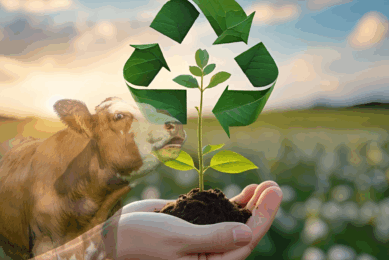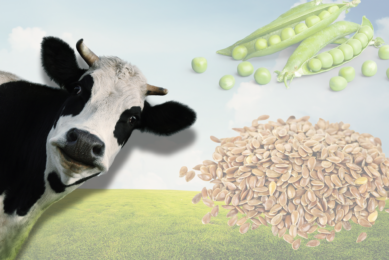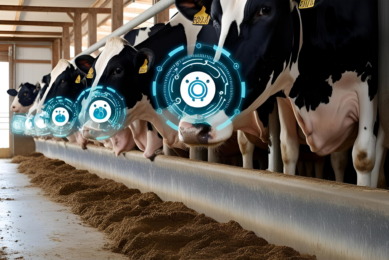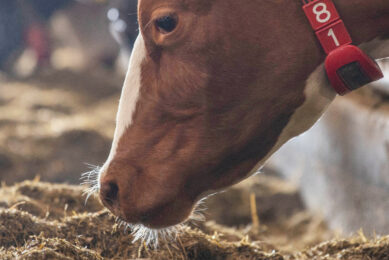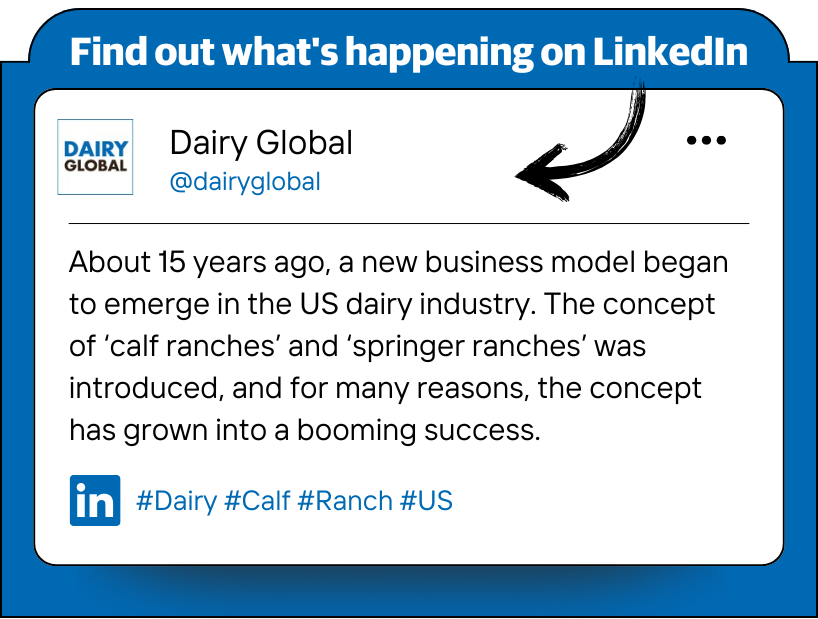What happens to dairy cow fertility when temperatures rise?
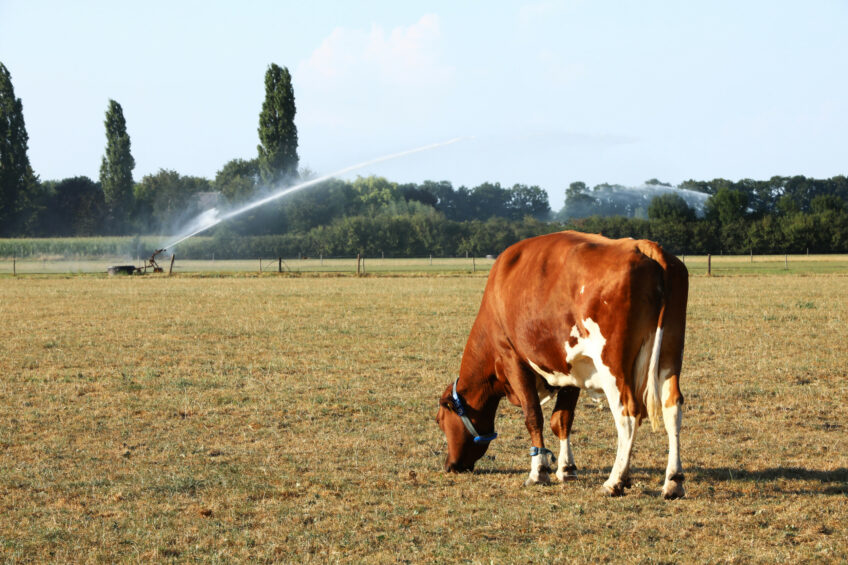
What impact does heat stress have on conception rate, interval calving to first insemination, interval first to last insemination and calving interval in dairy cows? Researchers reveal their findings in a recent study.
In this study, published in the Journal of Dairy Science, researchers used temperature-humidity index as an indicator for assessing heat stress conditions for fertility traits in the Holstein dairy cattle breed in the Netherlands.
They indicated that data from artificial insemination and calving events of 416,814 first-parity cows from the Netherlands were used, considering different temperature-humidity index definitions based on different numbers of days before and after artificial insemination events. Using the average temperature-humidity index values of the day of insemination and 1 day before and after the insemination (THI3) allowed the scientists to clearly model the impact on fertility.
This study aimed to dive into the impact of heat stress on 4 fertility traits (conception rate, interval calving to first insemination, interval first to last insemination, and calving interval) in Holstein dairy cattle and to determine the temperature-humidity index levels at which heat stress begins to affect these traits.
Firstly, at the population level they identified the temperature-humidity index definition and the temperature-humidity index threshold that most appropriately marked the critical temperature-humidity index levels during which heat stress affects fertility. Then, at an individual level, they investigated the genetic variation of fertility as a function of the experienced temperature-humidity index level.
Changes in fertility traits
The study revealed significant changes in fertility traits when dairy cows were exposed to heat stress. They found a clear effect of heat stress on fertility traits, particularly a decrease in conception rate and an increase in interval traits. These effects were more pronounced when the temperature-humidity index threshold marking the onset of heat stress was computed as the average of temperature-humidity index values across a shorter period of time surrounding the day of insemination.
The identified temperature-humidity index threshold was 60 for conception rate and interval first to last insemination, and 50 for interval calving to first insemination and calving interval.
The results also highlight the presence of genetic variation in response to heat stress, with genetic effects becoming more pronounced at higher temperature-humidity index levels for all traits studied, which suggests the potential to use this variation to breed heat-resilient animals to improve fertility traits.
The study published in the Journal of Dairy Science was authored by Tijesunimi O. Ojo, Jeremie Vandenplas, Han A. Mulder, Mario P.L. Calus – Animal Breeding and Genomics, Wageningen University and Research and Mathijs L. van Pelt – Cooperation CRV.
Join 13,000+ subscribers
Subscribe to our newsletter to stay updated about all the need-to-know content in the dairy sector, two times a week.



